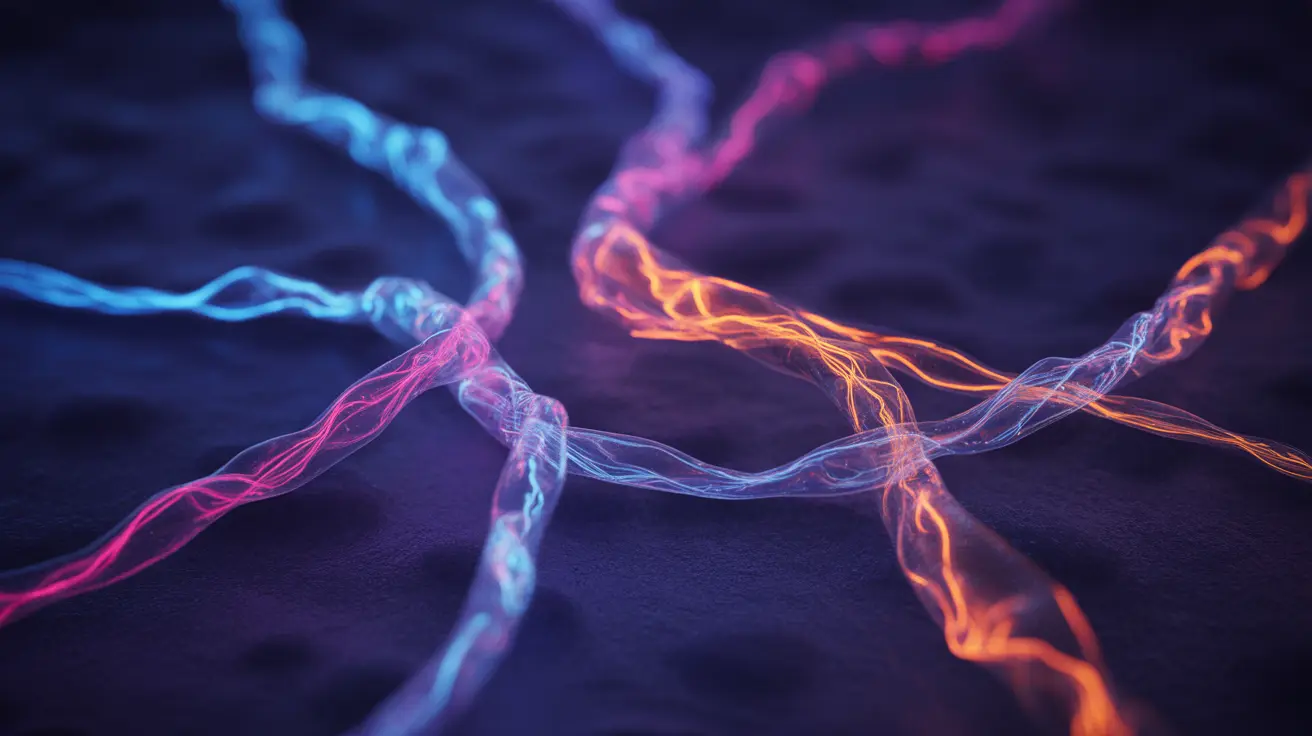Migraine hallucinations represent a complex and sometimes frightening aspect of migraine experiences that many sufferers encounter. These sensory disturbances can manifest in various ways, affecting vision, hearing, and even smell, making them distinct from typical migraine symptoms. Understanding these phenomena is crucial for proper management and knowing when to seek medical attention.
While migraine auras are more commonly known, hallucinations during migraines can be particularly distressing for those experiencing them for the first time. This comprehensive guide will explore the different types of hallucinations, their causes, and important signs that indicate when medical intervention may be necessary.
Types of Migraine-Related Hallucinations
Migraine hallucinations can manifest in several different forms, each affecting different sensory systems:
Visual Hallucinations
The most common type of migraine-related hallucinations are visual in nature. These may include:
- Seeing flashing lights or geometric patterns
- Experiencing distortions in size or shape of objects
- Witnessing moving or floating spots
- Perceiving visual snow or static
- Observing temporary blind spots in vision
Auditory Hallucinations
Some migraine sufferers experience auditory disturbances, which can include:
- Hearing phantom sounds or music
- Perceiving changes in volume or pitch of actual sounds
- Experiencing tinnitus-like symptoms
Olfactory Hallucinations
Less commonly, people may experience smell-related hallucinations:
- Detecting phantom odors
- Experiencing heightened sensitivity to actual smells
- Perceiving unusual or non-existent scents
Distinguishing Migraine Aura from Hallucinations
While both phenomena involve sensory disturbances, migraine auras and hallucinations have distinct characteristics:
Migraine Aura Characteristics
Typical migraine auras:
- Usually develop gradually over 5-20 minutes
- Often appear before headache pain begins
- Typically consist of predictable visual patterns
- Generally resolve within an hour
Hallucination Characteristics
Migraine-related hallucinations may:
- Occur at any point during the migraine
- Last for varying durations
- Include more complex sensory experiences
- Affect multiple senses simultaneously
Causes and Triggers
Migraine hallucinations typically result from complex neurological processes:
- Cortical spreading depression
- Temporary changes in brain chemistry
- Neurological pathway disruptions
- Sensory processing alterations
When to Seek Medical Help
Certain situations warrant immediate medical attention:
- First-time hallucinations
- Prolonged hallucinations lasting more than 24 hours
- Hallucinations accompanied by confusion or disorientation
- New or changing patterns of hallucinations
- Hallucinations occurring without headache
Frequently Asked Questions
What types of hallucinations can occur during a migraine attack?
During a migraine attack, people may experience visual hallucinations (such as flashing lights or geometric patterns), auditory hallucinations (hearing non-existent sounds), and olfactory hallucinations (smelling phantom odors). Visual hallucinations are the most common type.
How can I tell the difference between migraine aura and migraine hallucinations?
Migraine auras typically develop gradually over 5-20 minutes, follow predictable patterns, and usually occur before headache pain begins. Hallucinations can occur at any point during the migraine, may be more complex, and can affect multiple senses simultaneously.
What causes visual hallucinations in people who experience migraines?
Visual hallucinations during migraines are primarily caused by neurological changes in the brain, including cortical spreading depression and temporary disruptions in normal sensory processing pathways. These changes can affect how the brain interprets visual information.
When should I seek medical help if I have hallucinations with my migraines?
Seek immediate medical attention if you experience hallucinations for the first time, if they last longer than 24 hours, are accompanied by confusion or disorientation, show new or changing patterns, or occur without the typical headache phase.
Are auditory or olfactory hallucinations common in migraine sufferers?
While less common than visual hallucinations, both auditory and olfactory hallucinations can occur during migraines. These sensory disturbances affect a smaller percentage of migraine sufferers but are still considered recognized symptoms of certain migraine types.




